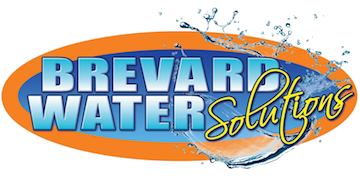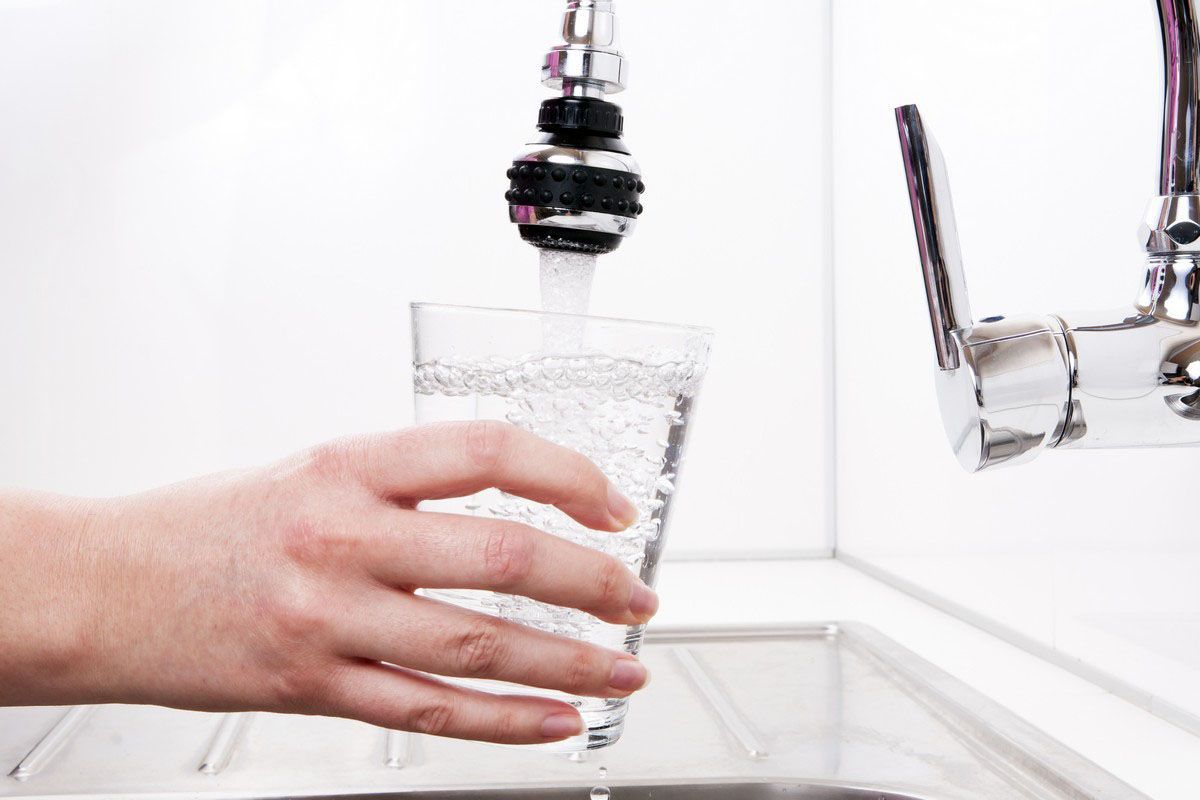How Does Water Filtration Work?
Home water filtration uses a combination of physical and chemical processes to remove contaminants from your water supply before you drink it. The specific methods used depend on the type of filtration system you have, but most rely on screens, filters, and adsorbents to purge the water of particulates, chemicals, microbes, and other impurities that can negatively impact taste, odor, appearance, and health safety. Read on for a simple breakdown of common techniques used in home water filtration.
The Use of Physical Barriers to Remove Particles
The first line of defense in any filtration system is a physical barrier to catch solid particles suspended in the water. Screens and filters made from materials like woven fabrics, nylon, ceramic, graphene, and carbon block larger contaminants from flowing through while allowing water molecules to pass. The tighter the weave or pores of the filter, the smaller the particles it can trap. Pre-filters catch debris, dirt, rust flakes, and sediment, while finer microfilters and ultrafilters can grab microscopic bacteria and protozoa. This physical filtration removes cloudiness and significantly improves clarity and particulate reduction.
The Use of Adsorbent to Remove Chemicals and Compounds
In addition to physical traps, water filters often contain an adsorbent medium like activated carbon, aluminum oxide, or ion exchange resins. As the water flows through this component, contaminants like heavy metals, chlorine, pesticides, industrial chemicals, pharmaceutical residues, and other dissolved compounds are attracted and bind to the high surface area inside the pores of the adsorbent. This effectively removes these impurities from your drinking water. Different adsorbents target different types of contaminants, so systems may incorporate more than one type.
The Use of Biofiltration to Remove Microbes
Some systems go beyond physical and chemical filtration to incorporate biological processes that help remove final traces of contaminants. Methods like biofiltration use a layer of microbes that not only trap microparticles but break down trace volatile organic compounds. Other polishing filters help balance pH or mineral levels before delivering fresh, clean-tasting water that's ready to drink.
The right system can effectively eliminate the majority of possible water contaminants to provide you with cleaner, safer water every time you fill your glass. According to Forbes, 40% of Americans filter tap water at home with water filtration systems. If you're looking to have a water filtration system installed in your home, reach out to us today at Brevard Water Solutions to start the process.
Locally Owned
serving Area
Melbourne, FL
and surrounding areas
Business Hours
- Mon - Fri
- -
- Sat - Sun
- Closed






Share On: